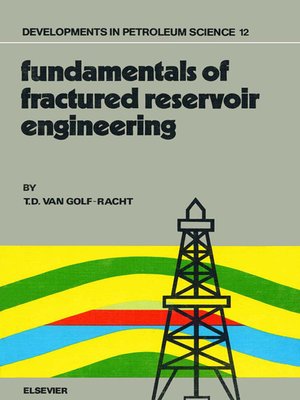Fundamentals of Fractured Reservoir Engineering
ebook ∣ Developments in Petroleum Science
By T.D. van Golf-Racht

Sign up to save your library
With an OverDrive account, you can save your favorite libraries for at-a-glance information about availability. Find out more about OverDrive accounts.
Find this title in Libby, the library reading app by OverDrive.



Search for a digital library with this title
Title found at these libraries:
| Library Name | Distance |
|---|---|
| Loading... |
In the modem language of reservoir engineering by reservoir description is understood the totality of basic local information concerning the reservoir rock and fluids which by various procedures are extrapolated over the entire reservoir.
Fracture detection, evaluation and processing is another essential step in the process of fractured reservoir description. In chapter 2, all parameters related to fracture density and fracture intensity, together with various procedures of data processing are discussed in detail. After a number of field examples, developed in Chap. 3, the main objective remains the quantitative evaluation of physical properties. This is done in Chap. 4, where the evaluation of fractures porosity and permeability, their correlation and the equivalent ideal geometrical models versus those parameters are discussed in great detail. Special rock properties such as capillary pressure and relative permeability are reexamined in the light of a double-porosity reservoir rock. In order to complete the results obtained by direct measurements on rock samples, Chap. 5 examines fracturing through indirect measurements from various logging results.
The entire material contained in these five chapters defines the basic physical parameters and indicates procedures for their evaluation which may be used further in the description of fractured reservoirs.







